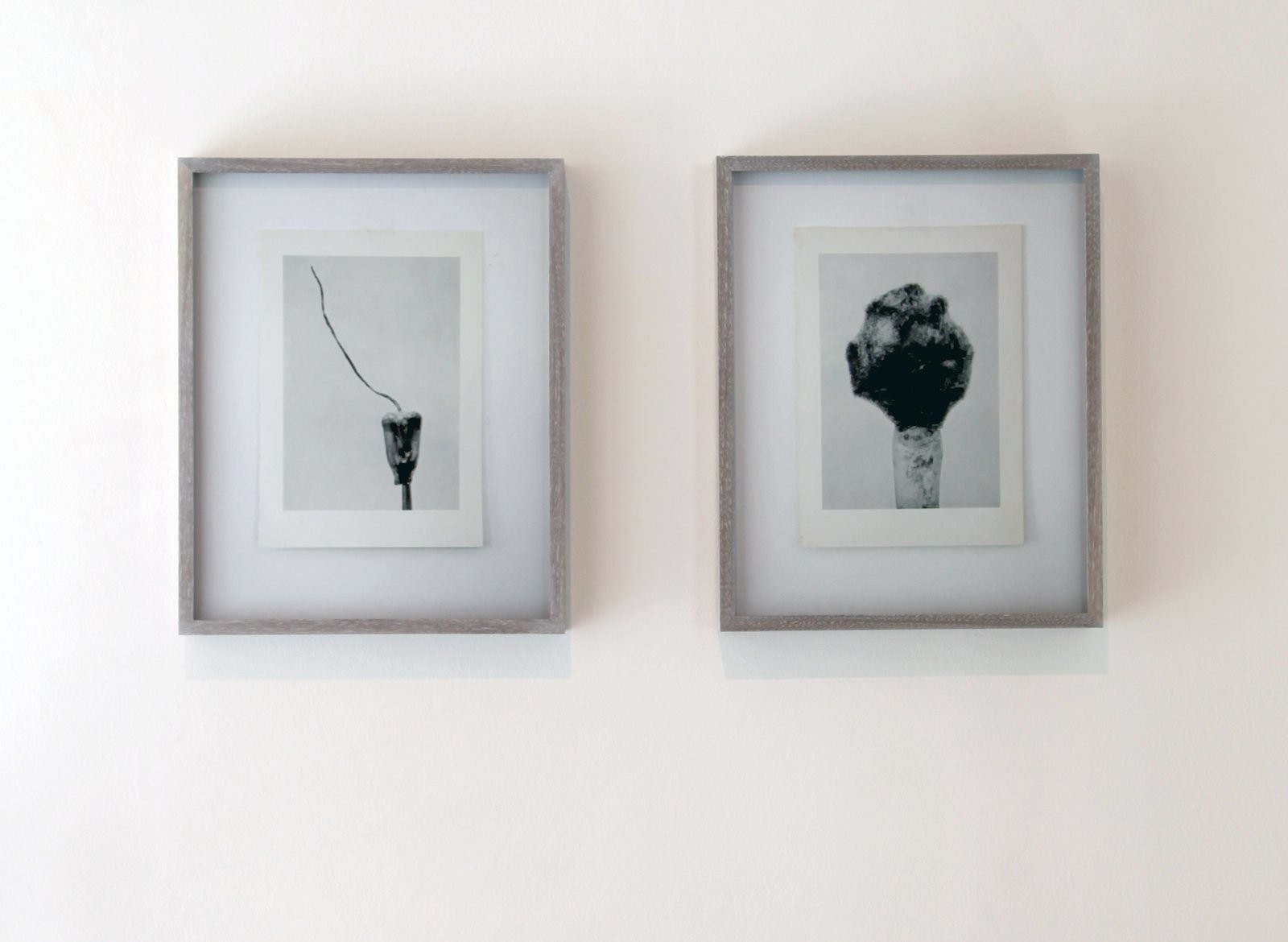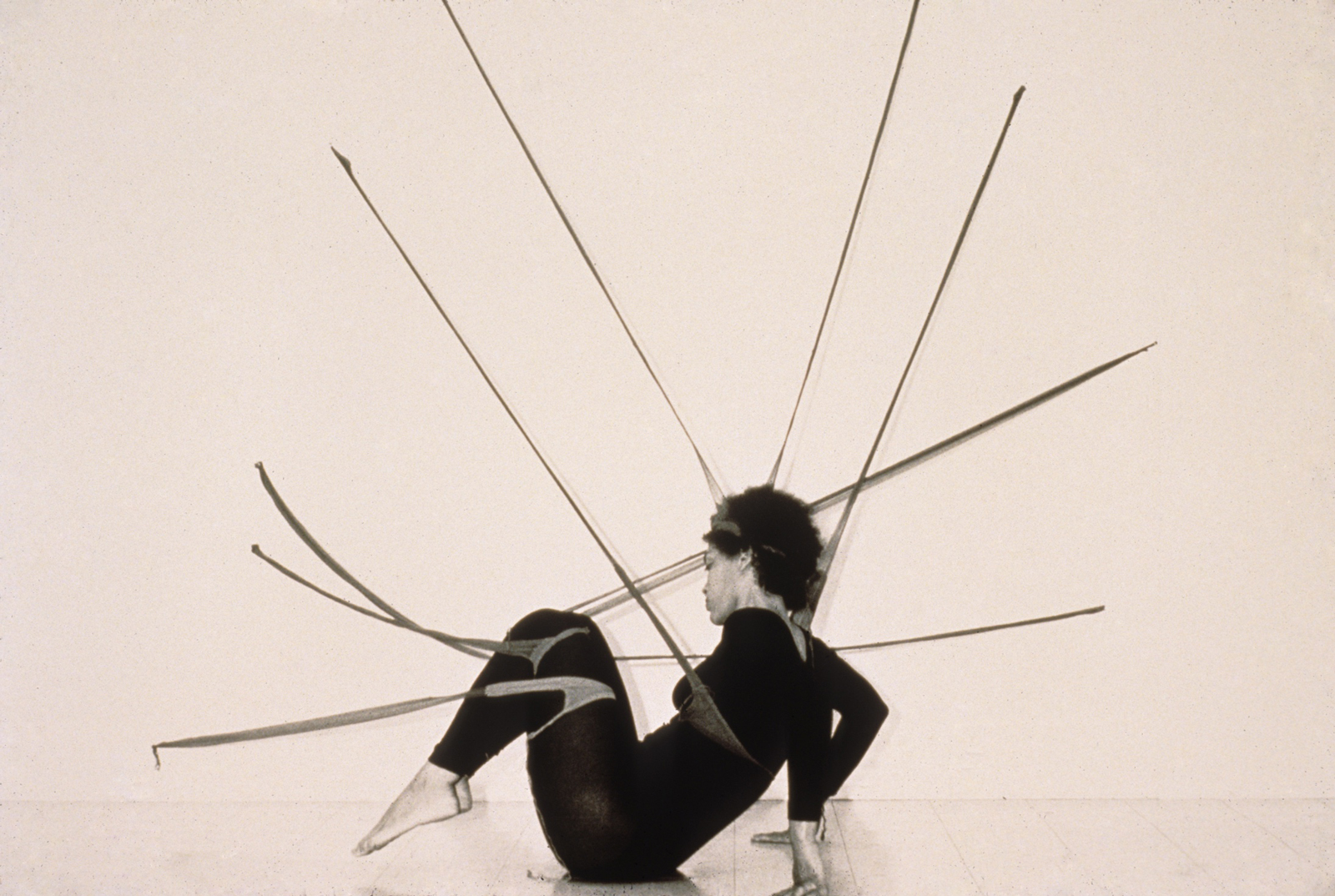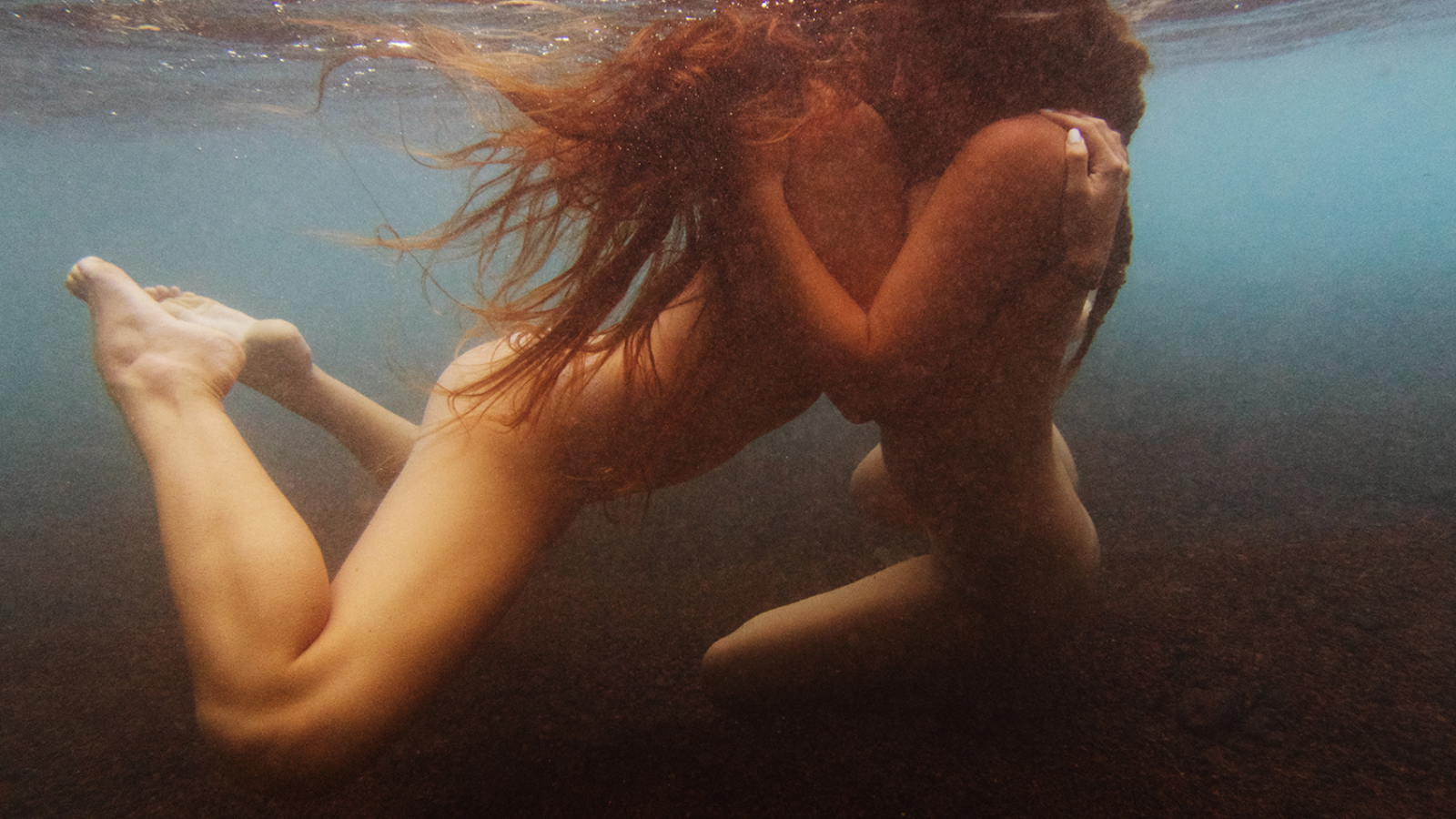Photos courtesy of Petrova Giberson
A Conversation Between Petrova Giberson and Michael E. Smith
Let’s start with titles and books and naming things. These works are from a series called Tree Flowers – how did this come about?
My mom gave me a copy of the book Tree Flowers of Forest, Park, and Street, by Walter E. Rogers, 1935. It was hers since she was a student at RISD in the mid-sixties. She made drawings from it. The copy she gave me had a 3×5 index card inside – used as a bookmark– it was an announcement to a Velvet Underground show with Andy Warhol at the student center. I know my dad also went because I’ve seen the reels of 8mm film he shot that night.
A book is a beautiful object, it is the study of tree flowers. Something that surrounds our days but we are more likely to see trees as a whole changing experience. We may pay attention to their leaf cycle and to their flowers but in a whole way. When the buds first arrive we notice a slight change to the light in our kitchens, but I hardly stop and bring one flower to space between my nose and eyelash. This book shifts that experience – it intensely magnifies each stage of the flowers. They end up being unfamiliar. There are moments where it becomes hard to identify what you are looking at, and shifts us very far from the connection we have to trees.
I taped two pages of the book to the wall of my studio and re-photographed them. It was done to place the image, in a personal way and in an architectural setting – my studio. Having them exist on a specific wall, with the light on the day they were photographed. It was a series of steps away from the physical quality of a page of paper, a page from a book, the book itself. Those photographs were starting points and then objects started to happen.
This seems like almost seasonal work – did you find yourself paying more attention to the season when making this work?
The fact that we live in New Hampshire at the moment and our studios are in a horse barn – so the summer is when everything is alive and productive.
It was summertime work – the barn works great in the summer and stops functioning in the cold months – it’s not insulated. But in the summer we grow a big garden and keep all the windows and doors of the barn wide open so the outside air is the room air. I mostly work in the upstairs level and you work on the ground level. The horse stalls are for different processes. In the winter we have to move into the house or drive to the winter studio.
Your titles seem like important balancing points to the work – but maybe we should talk about naming babies?
Yeah naming babies… You have this time frame that feels really open and then it quickly closes in on you. And you actually have a cut off time when you have to realize. When we named our son – it was winter and you were playing a lot of Albert Ayler and suddenly the energy of the baby felt like his music and him before we officially met him. It was a great energy to bring a baby into this world to. Then backing that up with the people connected to his other names – it became this chain of connections. Our daughter was coming in the late springtime and I had made lists of names and put them in different places in the house. On one list was Poppy – the name, the flower, and our relationship to it, California was on my mind and you had just found this great record by Imada Masaru titled Poppy. We followed it by Louise for many reasons.
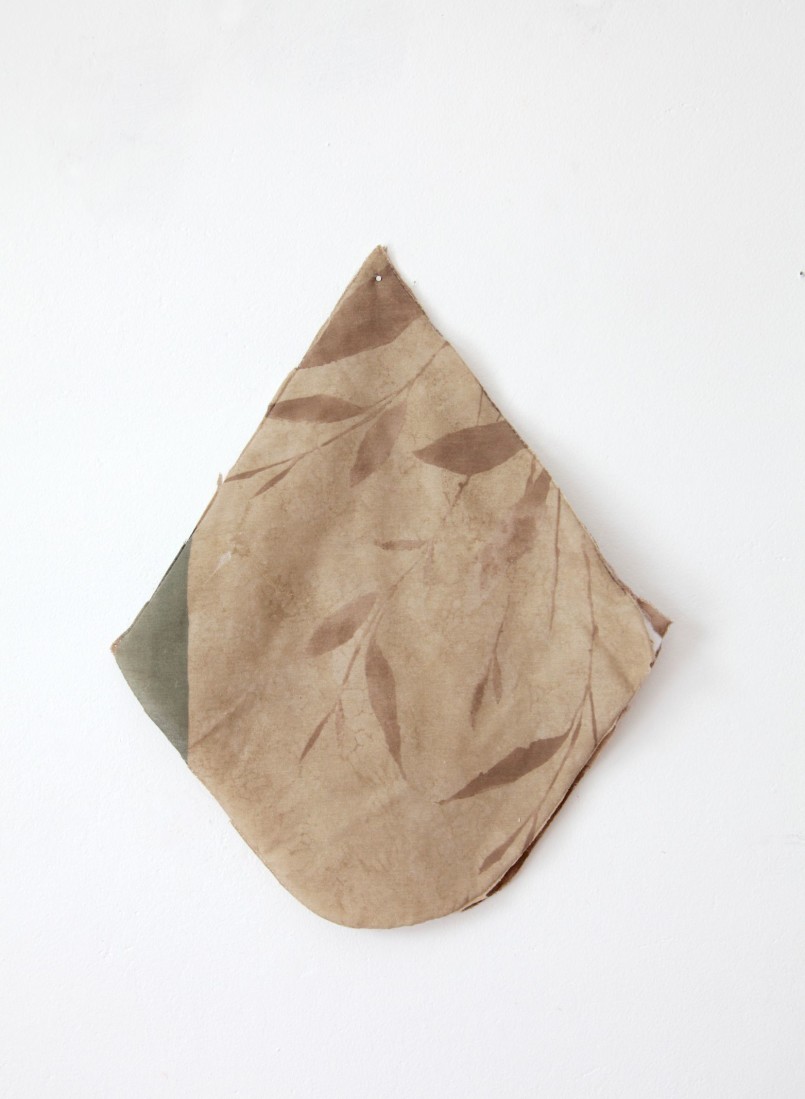
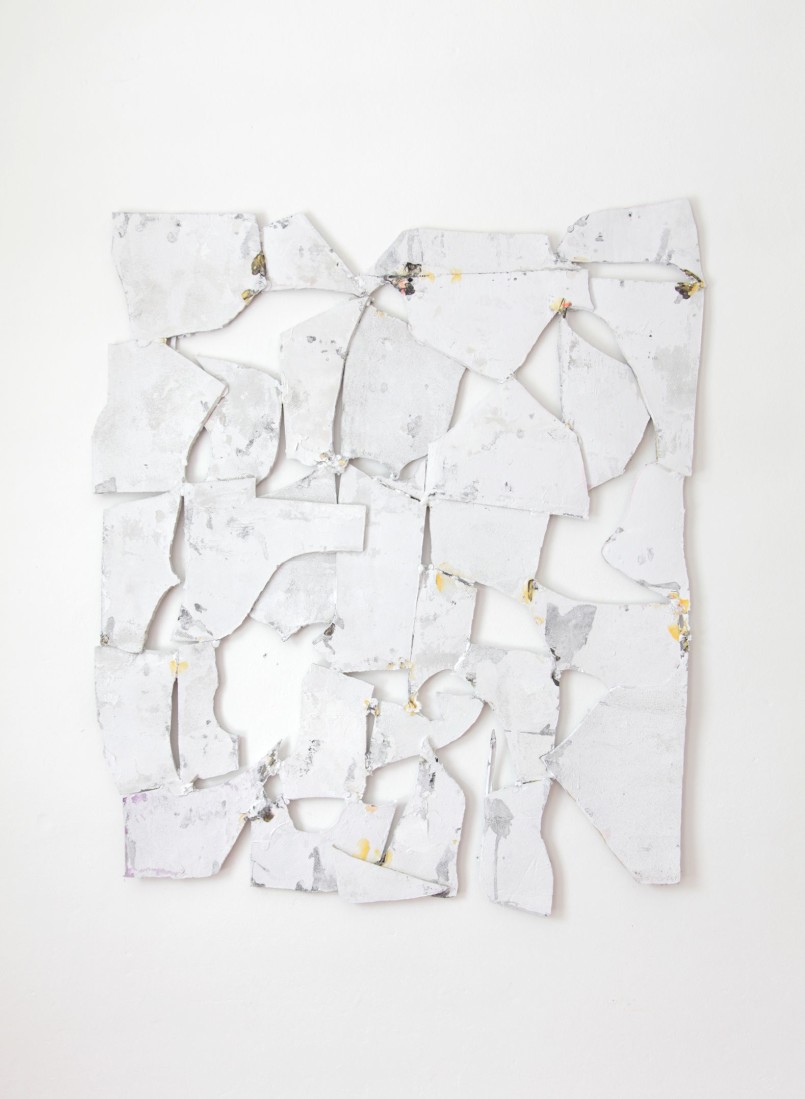
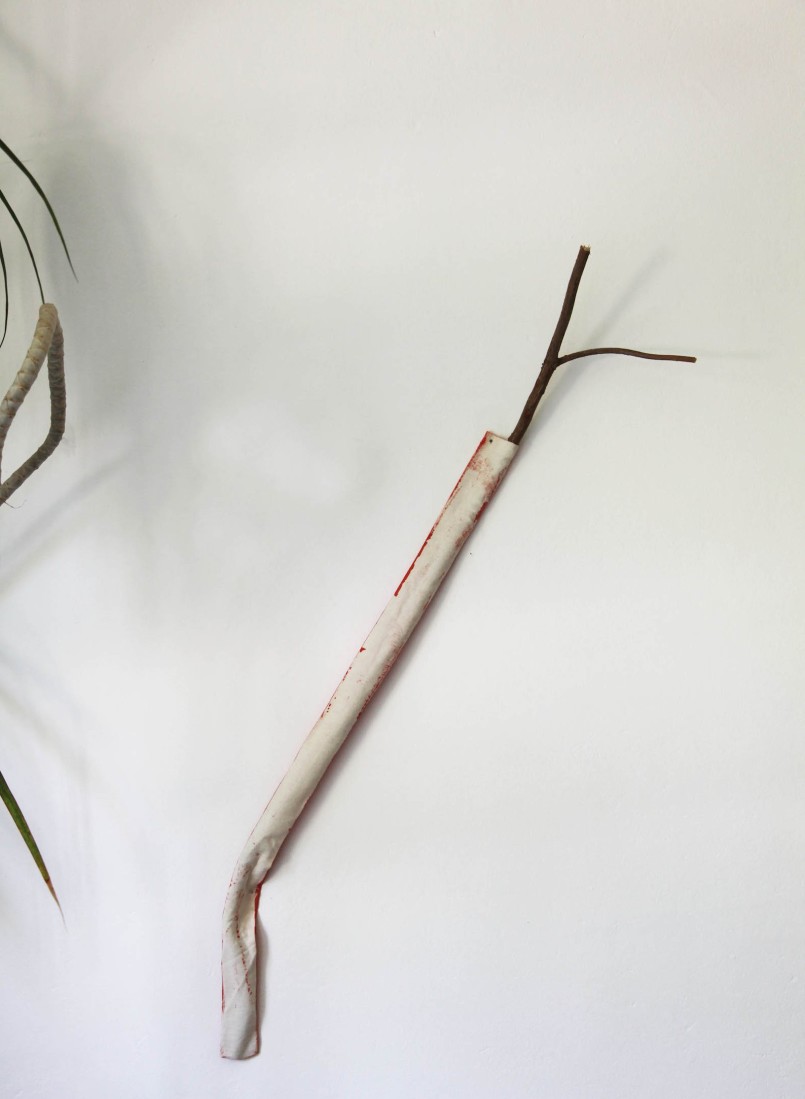
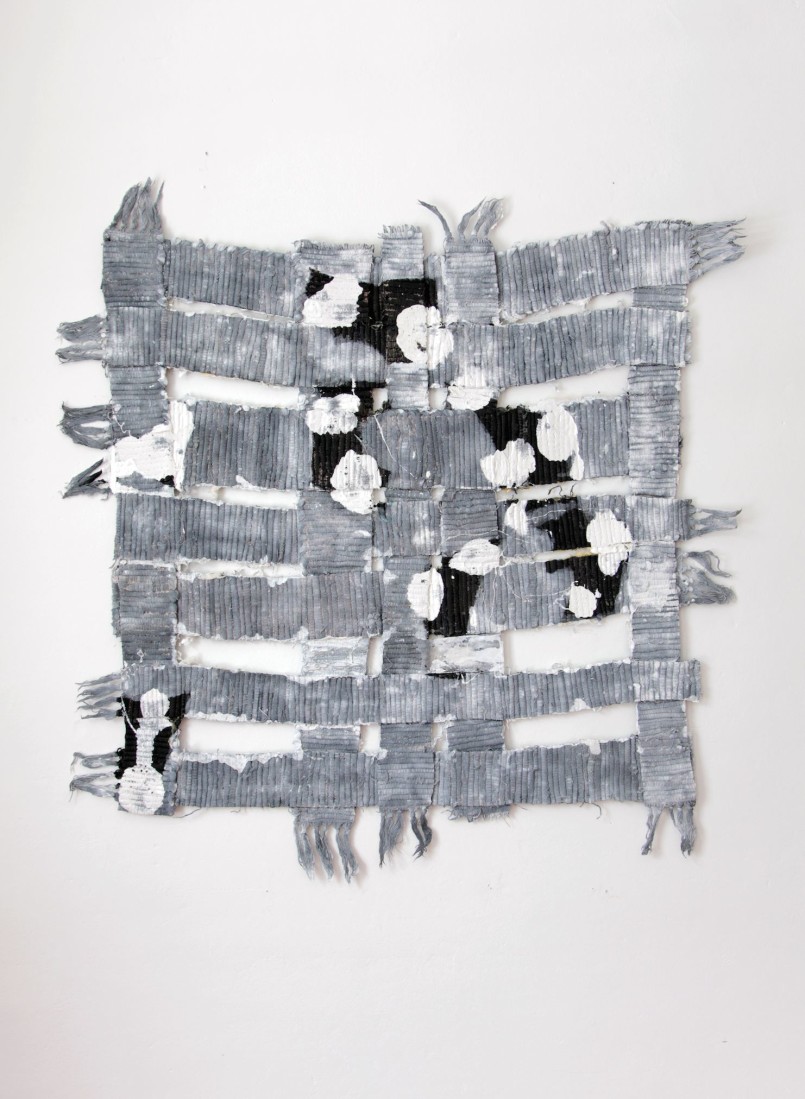
What about Yellow?
I’m not sure were to start. There was a piece I made a few years ago with hanging pants titled Forget Yellow, 2007. And since then I am always making decisions around the color. I hardly am able to commit to color and yellow is so strong. I start with color and then it somehow gets more and more diluted until it hardly exists. In the video How To Milk a Milkweed, 2014 there is a section of bright blurry yellow from behind my mother’s house, a patch of wildflowers at the end of summer I couldn’t stop looking at them. I also made a bright yellow sandbag recently and it’s titled, Blue.
